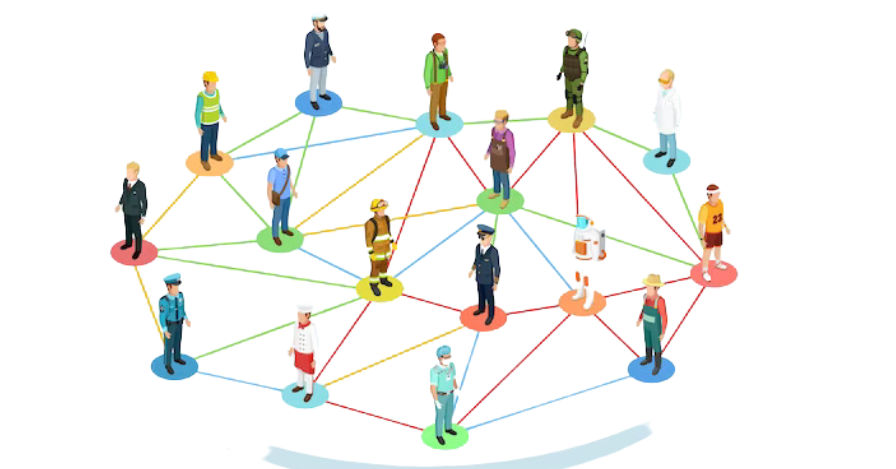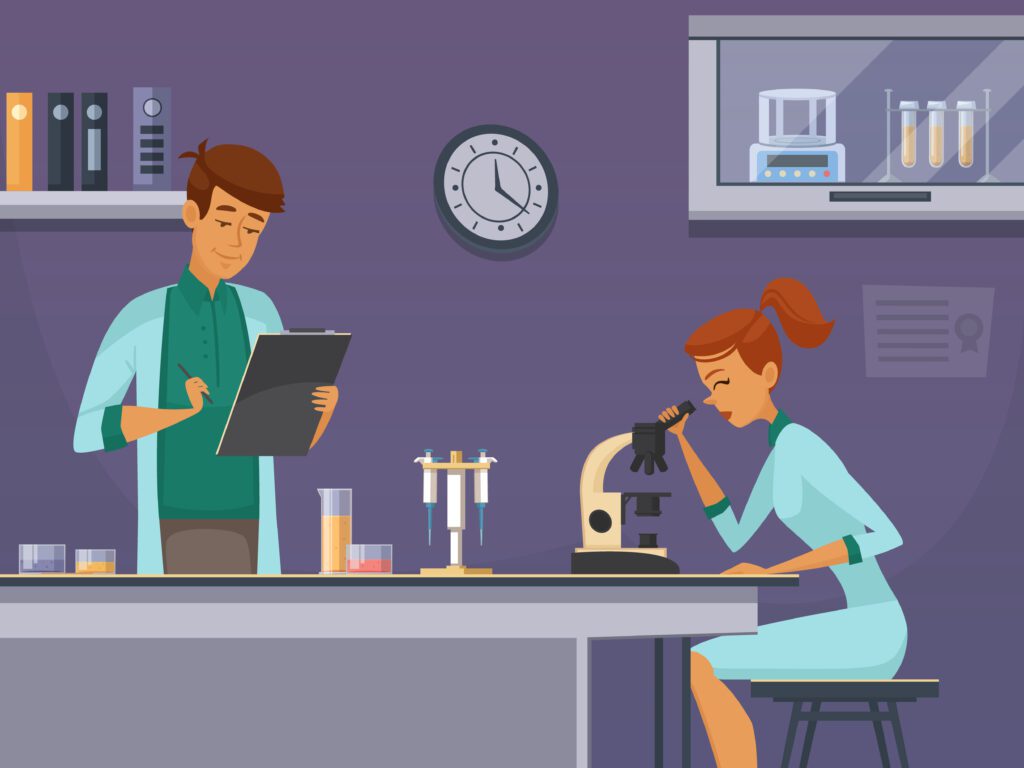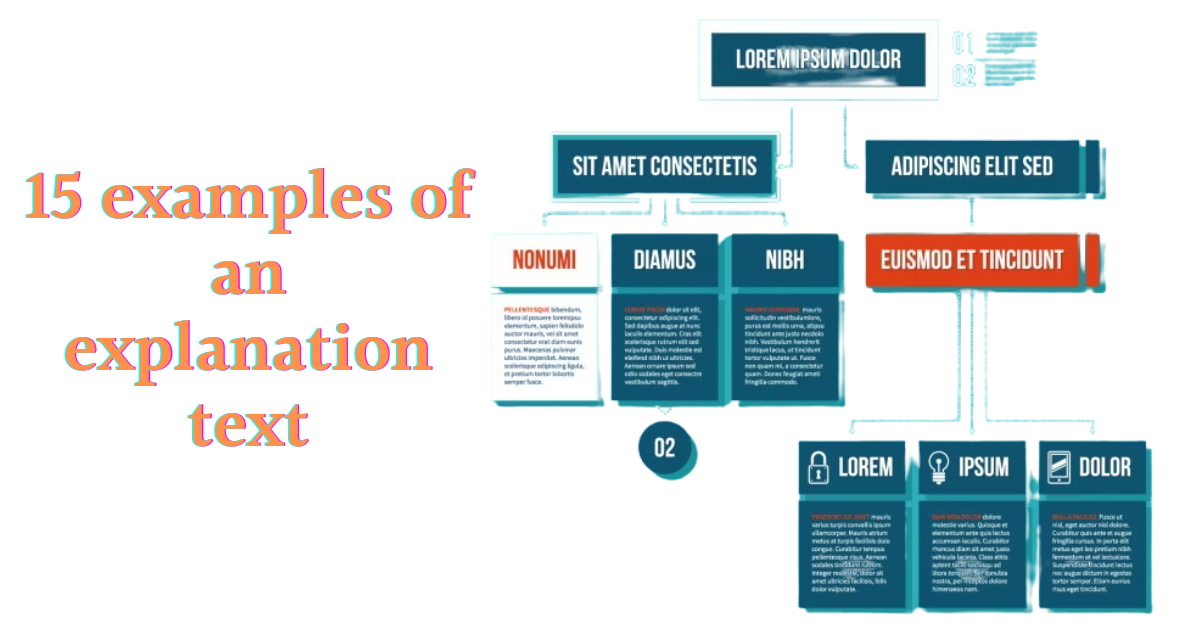Explaining intricate ideas and processes is an essential aspect of effective communication. Whether in educational settings, professional environments, or daily interactions, explanation texts play a pivotal role in helping others grasp complex concepts with ease. In this article, we’ll explore 15 examples of explanation texts that showcase various subjects and styles to simplify the understanding of intricate topics.
Examples of explanation text
1. The Water Cycle
Introduction: The water cycle is a natural process through which water moves on Earth.
Explanation: It involves processes like evaporation, condensation, and precipitation, ensuring a continuous flow of water from oceans to land and back.
2. Photosynthesis
Introduction: Photosynthesis is a vital process for plants to produce their food.
Explanation: Through this process, plants convert sunlight, carbon dioxide, and water into glucose and oxygen, sustaining life on our planet.
3. How a Tsunami Forms
Introduction: Tsunamis are powerful and devastating natural phenomena.
Explanation: They occur due to underwater disturbances like earthquakes or volcanic eruptions, leading to colossal waves with immense energy.
4. The Human Digestive System
Introduction: The digestive system is responsible for breaking down food and absorbing nutrients. Explanation: It comprises organs such as the stomach, small intestine, and large intestine, each playing a specific role in the digestion process.
5. The Theory of Relativity
Introduction: The Theory of Relativity is a groundbreaking concept in physics.
Explanation: Proposed by Albert Einstein, it explains how gravity affects time and space, revolutionizing our understanding of the universe.
6. How Internet Protocols Work
Introduction: Internet protocols are the backbone of modern communication.
Explanation: They facilitate data transmission between devices through a series of rules and conventions, ensuring seamless connectivity.

7. The Carbon Cycle
Introduction: The carbon cycle is crucial for maintaining the Earth’s balance.
Explanation: It illustrates how carbon moves between the atmosphere, plants, animals, and the soil, regulating carbon dioxide levels.
8. Cellular Respiration
Introduction: Cellular respiration is a fundamental process for cellular energy production.
Explanation: It converts glucose and oxygen into ATP, the energy currency of cells, enabling various cellular functions.
9. How the Human Eye Works
Introduction: The human eye is a remarkable sensory organ.
Explanation: It captures light, which is then converted into electrical signals by the retina, enabling us to perceive the world visually.
10. The Rock Cycle
Introduction: The rock cycle describes the transformation of rocks on Earth.
Explanation: It involves processes like weathering, erosion, and lithification, shaping rocks over millions of years.
11. Climate Change and its Causes
Introduction: Climate change is a pressing global issue.
Explanation: It is primarily driven by human activities such as burning fossil fuels, deforestation, and industrial processes, leading to adverse environmental effects.
12. Plate Tectonics
Introduction: Plate tectonics explains the movement of the Earth’s lithosphere. Explanation: It involves tectonic plates shifting, causing earthquakes, volcanic eruptions, and the formation of mountains.
13. The Water Treatment Process
Introduction: Water treatment is essential for providing clean and safe drinking water.
Explanation: The process involves several stages, including filtration, coagulation, and disinfection, removing impurities and contaminants.
14. The Human Immune System
Introduction: The immune system defends the body against diseases and infections.
Explanation: It comprises various cells and proteins that identify and eliminate harmful pathogens, keeping us healthy.
15. The Industrial Revolution
Introduction: The Industrial Revolution marked a significant turning point in history.
Explanation: It brought about mechanization and urbanization, revolutionizing industries and society’s way of life.

Remember, crafting an effective explanation text requires clarity, coherence, and adaptability to the target audience. Whether you’re a student, teacher, or professional, mastering the art of explanation can make you an outstanding communicator. Use these examples as inspiration to develop your own explanation texts and engage others with the fascinating world of knowledge. Happy explaining

